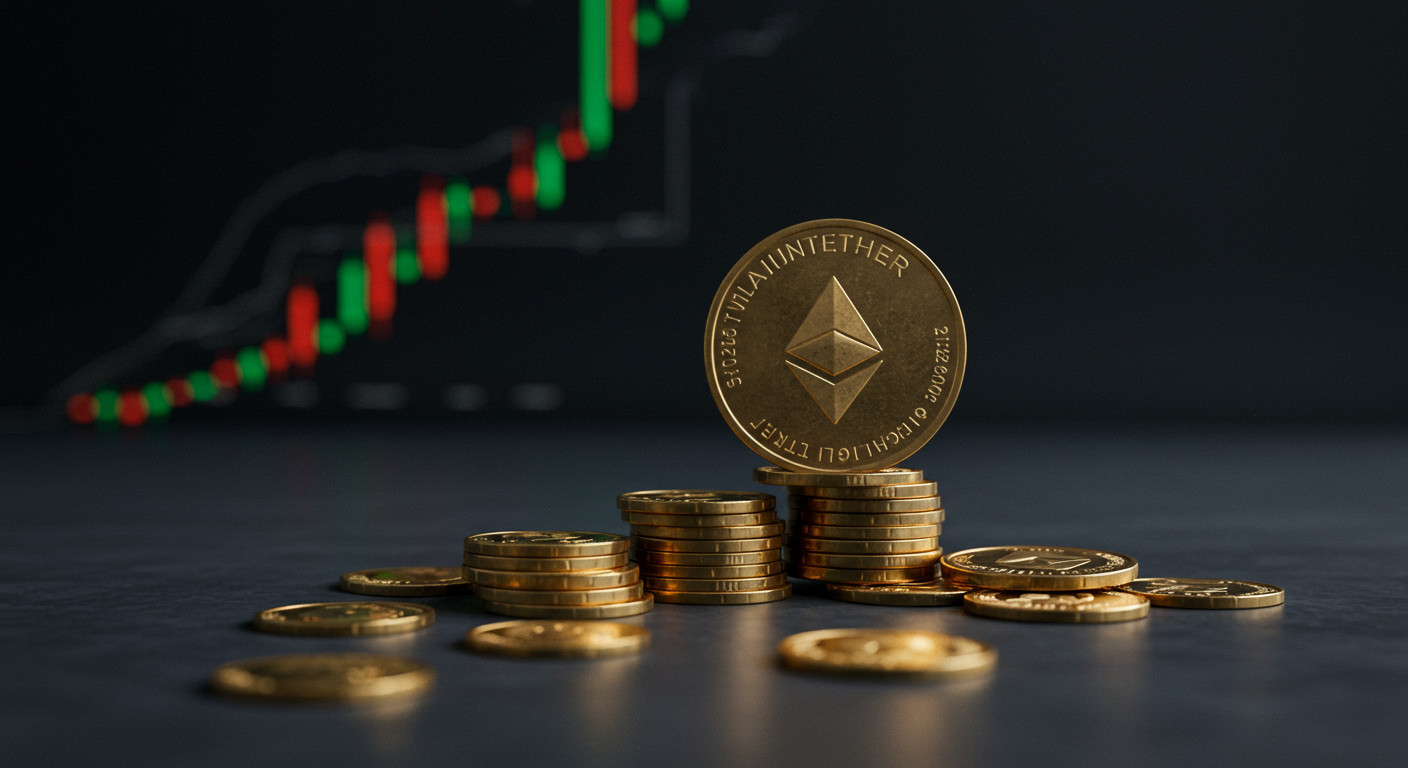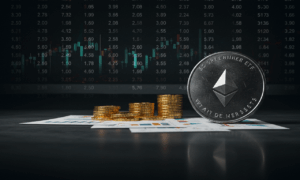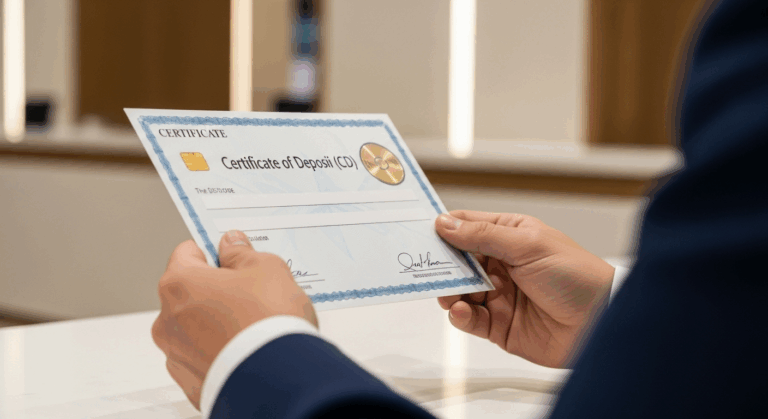The world of investment products has just witnessed a landmark development, and it’s one that could reshape how many people approach their financial portfolios. Recently, regulators gave the final approval for several spot Ether exchange-traded funds (ETFs) to begin trading. This news might sound technical, but its implications are straightforward and significant for anyone interested in modern investment opportunities. If you’ve been curious about digital assets but intimidated by the complexities of crypto exchanges and digital wallets, this article will break down exactly what this change means for you, what these new products are, and the potential opportunities and risks involved.
This isn’t just another headline; it’s a major step in bridging the gap between traditional finance and the evolving world of digital currencies. Let’s dive into what this new class of financial product is all about.
What Are Spot Ether ETFs and Why Are They a Big Deal?
First, let’s demystify the terminology. An ETF, or Exchange-Traded Fund, is a type of investment fund that trades on a stock exchange, much like a regular stock. Think of it as a basket holding a collection of assets. You can buy a single share of the ETF, and in doing so, you gain exposure to all the assets inside that basket. They are popular because they offer an easy way to diversify.
Now, let’s add the other terms:
- Ether (ETH): This is the native cryptocurrency of the Ethereum blockchain, one of the largest and most well-known digital currencies after Bitcoin.
- Spot: This is the crucial word here. A spot ETF directly holds the underlying asset it’s tracking. In this case, the funds that issue these ETFs will purchase and hold actual Ether coins in secure digital vaults. This is different from a futures ETF, which tracks the price through derivative contracts without holding the actual asset.
So, a spot Ether ETF is a financial product, available through traditional brokerage accounts, that allows you to invest in the price movement of Ether without ever having to buy or store the cryptocurrency yourself. This is a game-changer for several reasons, primarily focused on accessibility and regulation.
Until now, investing in Ether required a few technical steps. An individual would need to:
- Sign up for a specialized cryptocurrency exchange.
- Go through that platform’s verification process.
- Fund the account, often via bank transfer.
- Purchase the Ether.
- Decide how to store it securely, which could involve using a complex digital wallet.
This process, while manageable for the tech-savvy, has been a significant barrier for many mainstream investors. The new spot Ether ETFs eliminate these hurdles entirely. Now, investing in Ether can be as simple as buying shares of any other company or fund in your existing retirement or brokerage account.

The Practical Implications for Your Investment Strategy
The arrival of these regulated investment products opens up new avenues for portfolio construction, but it’s essential to approach them with a clear understanding of their role. For years, financial advisors have preached the gospel of diversification—spreading your investments across different asset classes (stocks, bonds, real estate) to manage risk. For those with a higher risk tolerance, spot Ether ETFs offer a new, albeit speculative, tool for potential diversification.
Here are the key benefits investors might see:
- Simplicity and Convenience: You can add exposure to a major digital asset to your portfolio with a few clicks in the same account where you hold your other stocks and bonds. There’s no need to manage private keys or worry about the security of a crypto exchange.
- Regulatory Oversight: These ETFs are listed on major stock exchanges like the NYSE and Nasdaq. This means they fall under a familiar regulatory framework, offering a layer of investor protection and transparency that is not always present in the less-regulated corners of the crypto market.
- Liquidity: Because they trade on major exchanges, these ETFs can be easily bought and sold during normal market hours, just like a stock. This makes it much simpler to enter or exit a position compared to some crypto platforms.
- Integration into Retirement Accounts: Depending on your brokerage, you may be able to hold these ETFs within tax-advantaged accounts like an IRA, which was previously very difficult to do with direct crypto holdings.
For a broader look at how different assets fit into a portfolio, you can explore various strategies related to investment on our site. These new ETFs could be considered a satellite holding in a well-diversified portfolio—a smaller, high-growth-potential position that complements a core of more stable assets.
A Word of Caution: Understanding the Risks
While the convenience and regulatory wrapper are appealing, it’s critical to remember what you are investing in. The underlying asset, Ether, remains a highly volatile and speculative asset. The price can experience dramatic swings in very short periods. The launch of an ETF does not change the fundamental nature of the asset it holds.
Before considering these products, you must be aware of the following risks:
- Extreme Volatility: The value of cryptocurrencies can rise or fall by double-digit percentages in a single day. You should only invest an amount of money that you are fully prepared to lose.
- Regulatory Uncertainty: While these specific products have been approved, the broader regulatory landscape for digital assets is still being developed globally. Future regulations could impact the price and viability of cryptocurrencies.
- Market Sentiment Driven: Unlike stocks, which are often valued based on company earnings and fundamentals, the price of Ether is heavily influenced by market sentiment, technological developments, and news cycles.
This article is for informational purposes only and does not constitute investment advice. The decision to invest in any financial product, especially a new and high-risk one like a spot Ether ETF, should be made after careful consideration of your own financial situation, risk tolerance, and investment goals. It is often wise to consult with a qualified financial advisor.
In conclusion, the launch of spot Ether ETFs marks a significant maturation of the digital asset market. It makes a major cryptocurrency accessible to a much wider audience through familiar and regulated financial products. While this presents an exciting new opportunity, it must be approached with the caution and diligence that any high-risk investment deserves.
Frequently Asked Questions (FAQ)
Is buying a spot Ether ETF the same as owning Ether directly?
No, it is not exactly the same. When you buy a share of an Ether ETF, you are buying a security that represents a claim on the Ether held by the fund. You do not own the Ether itself and cannot use it for transactions on the Ethereum network. You are primarily gaining financial exposure to its price movements. In contrast, buying Ether directly gives you ownership of the actual cryptocurrency, which you can store in your own wallet and use as you see fit. The ETF offers simplicity and security through a third party, while direct ownership offers control and utility but with more technical responsibility.
Do I need to pay any fees to invest in an Ether ETF?
Yes. Like most ETFs, these funds will charge an annual management fee, known as an expense ratio. This fee is a percentage of your investment that is deducted by the fund manager to cover the costs of operating the fund, including custody of the Ether, security, and administrative expenses. These fees will vary between different ETF providers, so it’s important to compare the expense ratios before investing, as they can impact your long-term returns.





